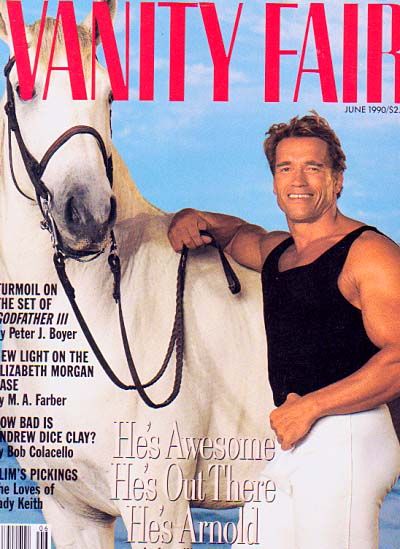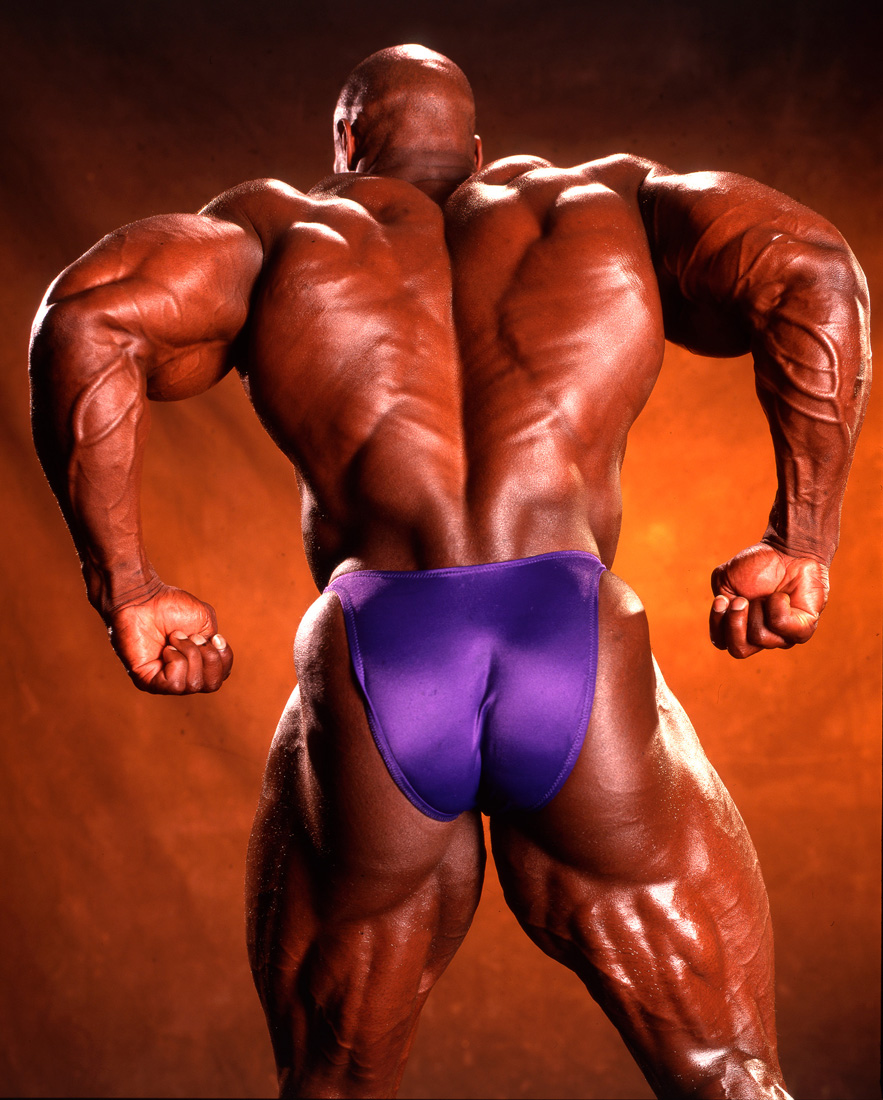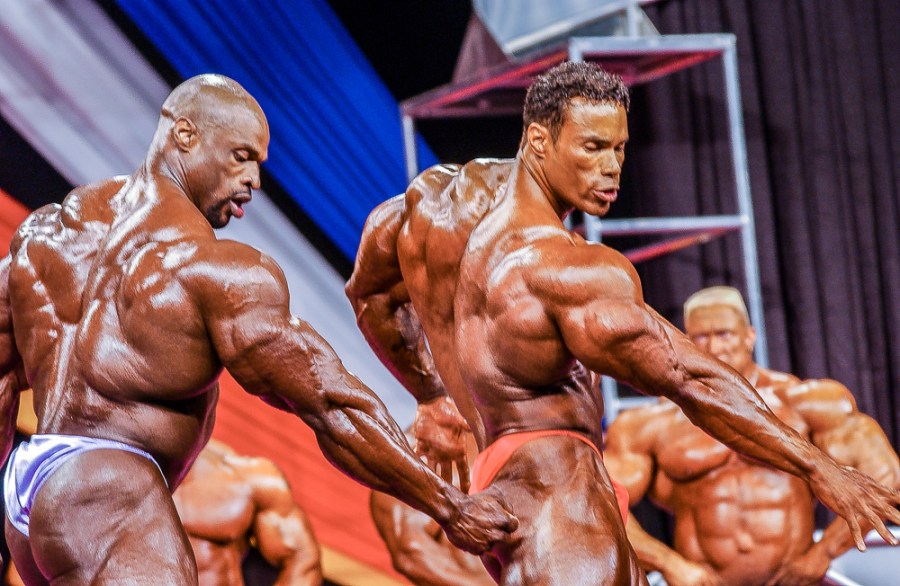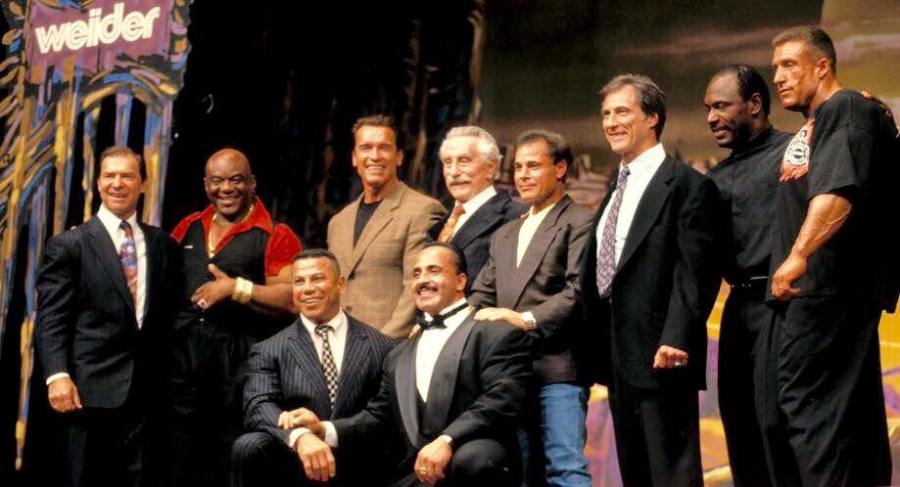THE SUCCESSFUL MUSCLE MAGAZINE
A How To Guide
By Bill Dobbins
DIMINISHING RETURNS
Iron Man and Muscle Mag are gone. Flex and Muscle & Fitness have recently only been available online.. It is a bad time for traditional bodybuilding magazines – as well as magazines in general. So there is a question as to whether a print magazine in the bodybuilding world can succeed and survive at all.
One thing is certain – if you publish a physique magazine that looks and functions like one in the 1990s it is bound to fail. We live in changing times and the Internet is forcing print magazines to go in new directions and serve new needs.
Traditional magazines featured training and training info is readily available online, particularly on YouTube. They also published contest information but competition scores are now available online almost as soon as a contest ends. There is also “gossip”information but by the time a print magazine is published this is two or three months old.
So what can a print magazine present to readers that will make them want to buy a given issue? One way to approach this question is by looking at magazines that are managing to retain readers in this digital age. And by and large there are a few elements that could help the success of bodybuilding magazines.
- Celebrity features
- Fantastic photo features
- Integration with online resources
- Sharing print and online advertising
- Video

CELEBRITY
We live in an age of celebrity and magazines that feature celebrities are flourishing. Back in the day, Joe Weider promoted bodybuilders like Arnold, Frank Zane, Dave Draper, Rachel McLish and Cory Everson into major celebrities. A modern magazine needs to do so even to a greater degree. Fans want to know about the personalities and lifestyle of their favorites. Reporting on how they live and their daily activities.
Today what makes for celebrity includes how popular they are on social media, such as how many Instagram and Twitter followers somebody has. So magazines should feature stars with the biggest number of followers and then work to promote others by promoting them and increasing their online followers as well.
At the same time, magazines need to do as much as they can to create and develop their own celebrities by articles and photos that promote the champions and other personalities they include in their pages.

BRANDING
There has been a tendency in the industry to dilute bodybuilding publications with more emphasis on different aspects of fitness. The problem is there are a myriad of other sources of information about fitness. There is no reason for people with a much more general interest to read a bodybuilding publication.
But if your view of bodybuilding is that it isn’t just about competition, but about the whole system of exercise and diet, which is actually the most effective and efficient way of developing the body ever developed, you have a subject that might appeal to anyone with this as a goal.
So make bodybuilding magazines about BODYBUILDING, not Yoga or frisbee or anything else. If you have a big gun, SHOOT IT.
PHOTO FEATURES
Magazines have always relied on attracting readers by must-see photo features. This has become even more important than ever.
At some point computer and tablet screens will have the same quality as a print magazine, but at this point there is still a lot to be gained by publishing fantastic photo features. The more compelling and dramatic the better. High quality physique shots, photos taken on location both indoors and out, contest images showing energetic posedown confrontations. Powerful portraits. Incredible body shots. Photo spreads like this are not time dependent. It does not matter when they were shot. Readers not only get higher resolution photos in a magazine but can take the print publication with them anywhere, refer to it when they want, pull it out and look at it again whenever they feel like it. But the photos and the layouts have to be really marvelous and eye catching. Good enough is just not good enough.
There is limited space in a print publication, no so for the Web. So it makes sense to publish a selection of the best images in the magazine while making the rest of the photo feature available on the Web. Print readers can be directed to the continuation of the feature online, and those who discover the online feature can be directed to the print version.
For maximum impact, magazines need to treat every photo feature with an aim creating a collector’s item.

INTEGRATING PRINT AND ONLINE
There is a huge amount to be gained by integrating print and online resources in a synergistic partnership. The primary online resource is a website. Magazines have websites now but these need to do more. Contest coverage should include a wider variety of photos – and photographers have to be assigned to shoot these. Features in the print magazine can be continued and expanded online – with contest references back to the print version.
A primary function of a website should be to gather email addresses. No charge for accessing special features but those coming to the site need to register their email address. Email addresses are the basis for promotion – and even more important, for advertising.
Other online resources include social media (such as Facebook, Instagram, Twitter) and YouTube. A promotional program should include comprehensive and coordinated use of all these elements.
The print magazine can drive people to the online resources and the online resources can help sell magazine subscriptions in a synergistic releationship.

PRINT AND ONLINE ADVERTISING
Facebook is worth billions and they do not charge to use their platform. They make their money through advertising. They use a system that targets specific ads to particular individuals. A magazine website does not have this capacity – although it probably should -but the principle is the same: get as many website members as possible and sell these eyeballs to advertisers, who sell ads both in the print pages and the website.
The model today is total integration of print magazine and online resources and presenting this as a total package to advertisers. Websites can feature links to advertisers and their products. Advertisers can take advantage of email lists acquired by magazine subscriptions and traffic to the websites. They can be featured on a Facebook page.
Print magazines today have to be just the tip of the iceberg, linked to a wide ranging network of other means of contacting and attracting readers and viewers.
VIDEO
Video is an increasingly important part of communications. You obviously can’t use video in a print magazine. But you can feature video on a website or in social media. You can run stills of a video in a magazine and print still photos related to video. More importantly, videos can be sponsored and supported by advertisers. Each video can be a commercial – for the magazine and the advertiser as well. Plus videos are a great way to promote celebrities and take advantage of their fame.
So videos are important but, again, they need to be integrated as part of an overall promotional program.
SMART PHONES AND TABLETS
The contest of a print magazine can and should also be made available online. There should be a synergy between online and print. More and more use is being made of smart phones and tablets for viewing content online. So all online content, such as websites, need to be formatted for desktop, smart phones and tablet viewing.
Modern website programs can automatically format content for a variety of screens and using this technology is an absolute must in terms of getting the maximum number of views and viewers.

ACTUAL ONLINE MAGAZINES
Publications like Vogue and Wired have created online magazines that actually look like magazines – not just websites. Iron Man had an excellent one of these, but didn’t have the resources to promote it. With the ability to have covers, to turn pages and all sorts of bells and whistles this type of online magazine are much more effective and interesting than just putting content onto a website.
Creating a print magazine and a real online version of it can be a powerful combination in terms of successful publishing.
IN SUMMARY
Magazines can no longer stand on their own as they once could. They need to be integrated in a whole network of publishing resources, including websites, social media and YouTube.
Bodybuilding magazines can no longer publish the content they once did. The place for contest coverage is online but dramatic competition photos such as pose downs and confrontations look great in print pages. In an age of celebrity, magazine need to include celebrities and their lifestyles in their pages and do their best to maximize the celebrity of the champions and other individual with whom they are associated.
I cannot overstate the importance of dramatic, iconic and high quality photos. Every magazine should become a collector’s item, with powerful, significant and historically important photos. In past, fans routinely amassed collections of back issues of their favorite magazines, going back an looking at their favorites over and over – the same as with a publication like National Geographic. Modern bodybuilding magazines in print need to have the same goals and ambitions.
This level of photography requires the collaboration of outstanding photographers, designers and art directors to create “must see” image content.
In terms of advertising, publishers need to present advertisers with an integrated package of print and online promotion, including links on websites, access to email lists and sponsorship of videos, turning them into commercials.
Facebook and other platforms have demonstrated the effectiveness of targeted advertisements, based on the online behavior of users. This kind of technology should be explored in terms of maximizing monetization of publishing efforts.






